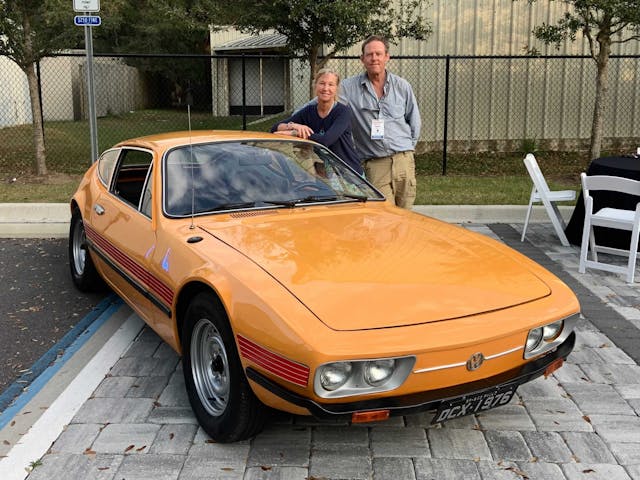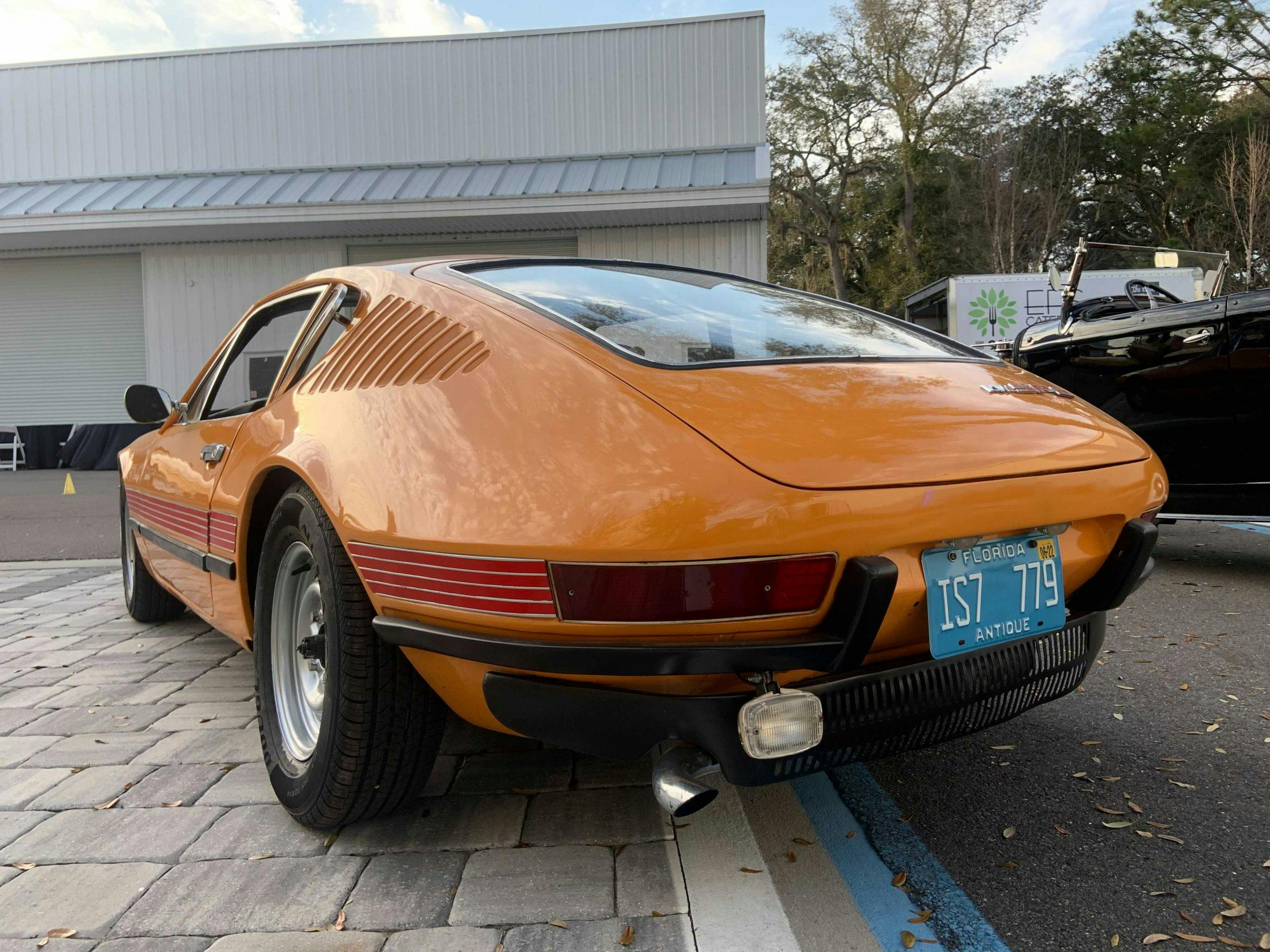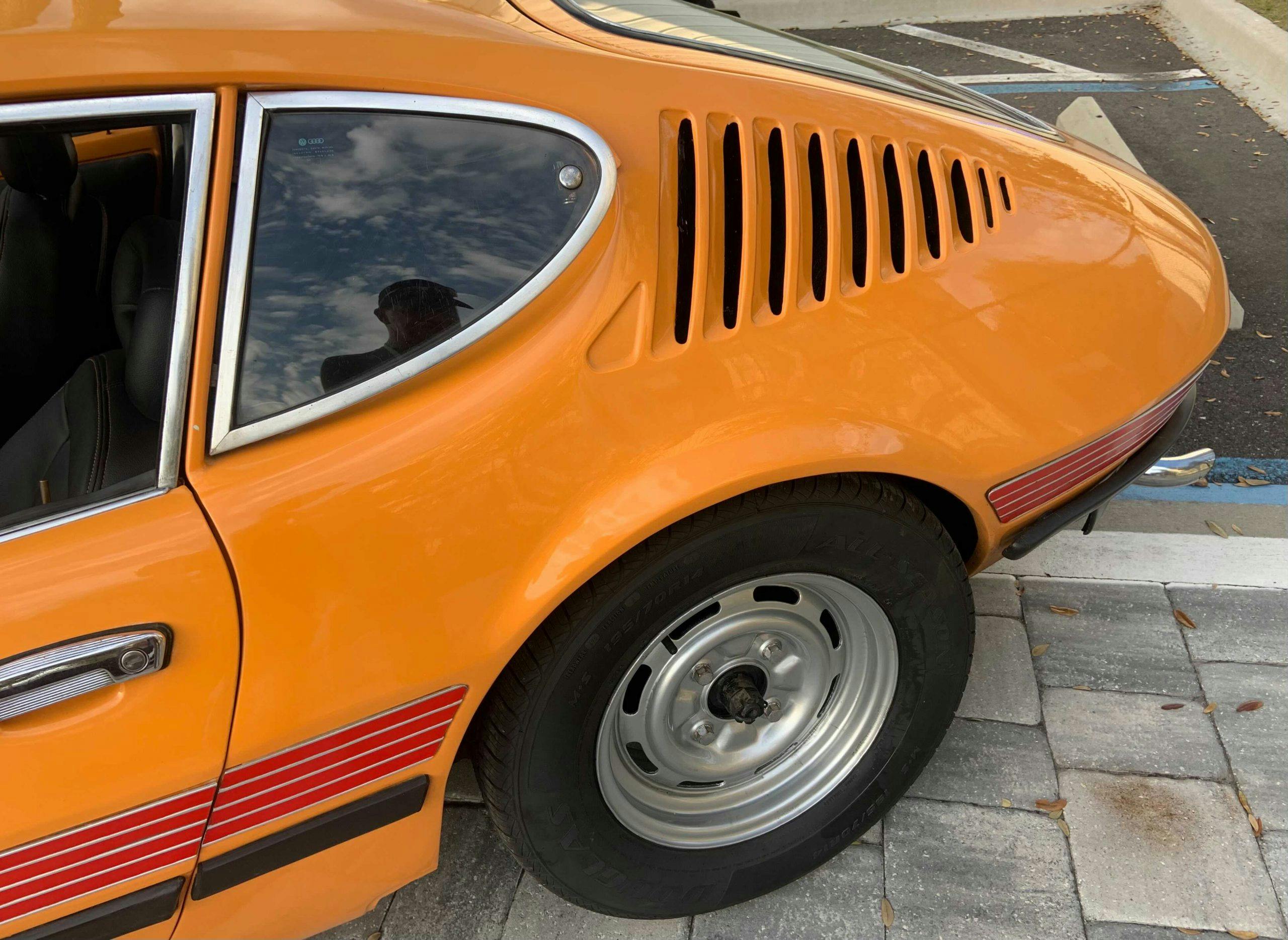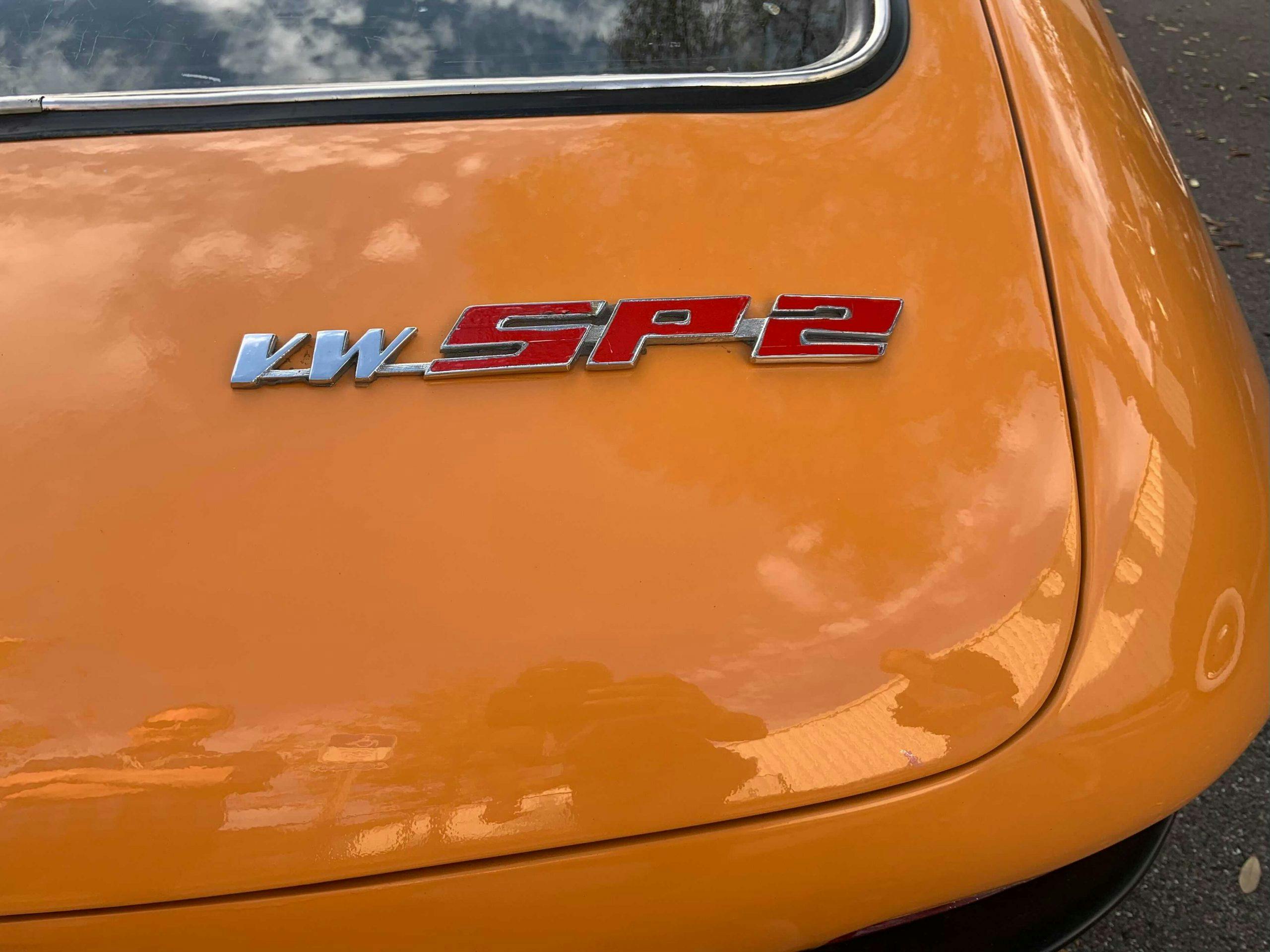After 48 years, Colorado enthusiast overjoyed to score a Brazilian VW SP2
Dale Will has seen a Brazilian-built Volkswagen SP2 only twice in his life. The first time was when he was 12; the second time was just three days ago. Since he didn’t feel like waiting another 48 years to get another glimpse of one, he bought the thing.
Only 11,123 of the very non-VW-looking sports cars were produced from 1973–76, exclusively for the Brazilian market, and only six are believed to have made their way into the U.S.
“When I was 12, growing up in Aurora, Colorado, they had just come out in Brazil, and Volkswagen brought one of them to our local dealership, Tyann’s VW,” Will says. “So, I jumped on my bike and rode over there to check it out. I wasn’t even old enough to drive yet, but it made such an impression on me. It was kind of a reinterpretation of the Porsche 356.”

Based on the VW Type 3 (known in Brazil as the Variant) and developed as a successor to the Karmann-Ghia, the curvaceous SP2 was manufactured in Sao Paulo and exclusive to Brazil. Since the country had import barriers to stimulate local production—and also, Will says, because the car’s headlights were too low to meet U.S. safety standards—the SP2 was never exported, which explains why so few are in this country. It was originally designated Project X.
The SP2 is powered by an air-cooled, rear-mounted, 1.7-liter flat-four, which produces 75 horsepower and is mated to a four-speed manual transaxle. It has a top speed of about 100 mph. The VW also features a three-spoke Rosseti steering wheel, wood shift knob, AM/FM radio, manually adjustable seats upholstered in black vinyl, and matching black door panels. The dashboard includes a 200-km/h speedometer and tachometer. The SP2’s rounded rear is particularly attractive.

Will says he’s been looking for an SP2 for years, and after he spotted the Manga-and-red model on Autotrader.com, he and his girlfriend, Lilly Pray, decided to check it out in Orlando before coming to The Amelia. Needless to say, they bought it, and they brought it to the sixth annual Grand Motoring Hangar Night, where it received plenty of attention.
“The reaction of people is priceless,” Will says. “There’s nothing out there like it. Obviously, I’ve never been able to shake it. Forty-eight years after I first saw one, I finally got one.”









Rare in Brazil, too – had heard of them from Brazilian car nuts but never seen one in the metal.
The colour “manga” is of course the Portuguese for “mango”.